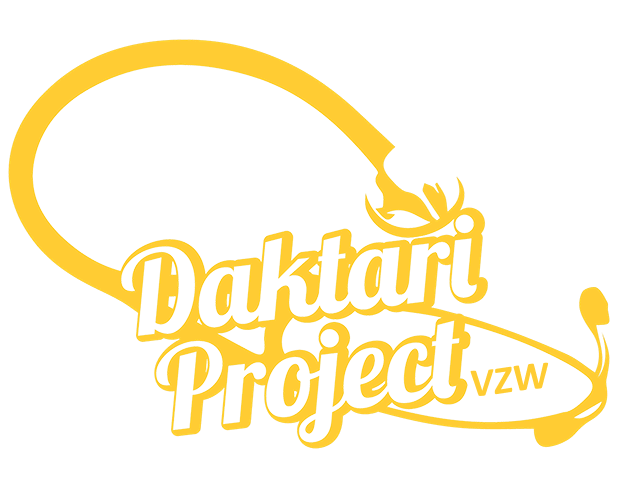In 2016 we started with the wound care project. During the first phase of the project, we searched for the needs of the Kilembe Mines Hospital in the field of wound care. Together with the nurses and doctors, we carried out the wound care on the various wards for a few weeks. During these moments it soon became clear where the problems occurred.
USE OF ANTISEPTICS
One of the biggest problems was the use of hydrogen peroxide. Hydrogen peroxide, a cytotoxic agent that destroys healthy tissue, was used on each type of wound. This product is cheap, which is why it was frequently used in the hospital. It was good that povidone iodine (isobetadine) was also present in the hospital, which meant that it was available in the hospital. Povidone iodine is preferred as it is a broad spectrum antiseptic. In 2016 this was only present in the operating theatre, when asked the povidone iodine proved to be very expensive, so it was only used there. This was a first problem that we were able to tackle with the Daktari project. We have provided a budget so that povidone iodine is now available in every department. Since these efforts the use of hydrogen peroxide has decreased considerably.
WOUND CARE EDUCATION
The second problem that arose was the outdated knowledge of the nurses. A number of basic rules have to be observed for good wound care. A wound must always be cleaned and disinfected from clean to dirty and the wound edges and surroundings must not be forgotten. By means of bedside teaching and short teaching moments during the shift changes, we try to pass on this knowledge to the nurses and doctors of the Kilembe Mines Hospital. During these lessons we also teach them the importance of good hand hygiene and reporting. Good hand hygiene reduces the number of cross-contaminations and by means of correct reporting, the evolution of a wound can be followed up.
STAYING UP TO DATE
Finally, with the Daktari project, we also drew up a wound care poster, taking into account the resources available in the hospital. These posters are displayed in the various departments and can be consulted at any time. With the construction of the new infirmary, patients with wound infections can now also be isolated. This is a big step forward. There is a close cooperation between the volunteers of the Daktari project and the medical staff in the Kilembe Mines Hospital. When volunteers go to the hospital, booster sessions on wound care are provided and there is mutual feedback. We do this several times a year.


